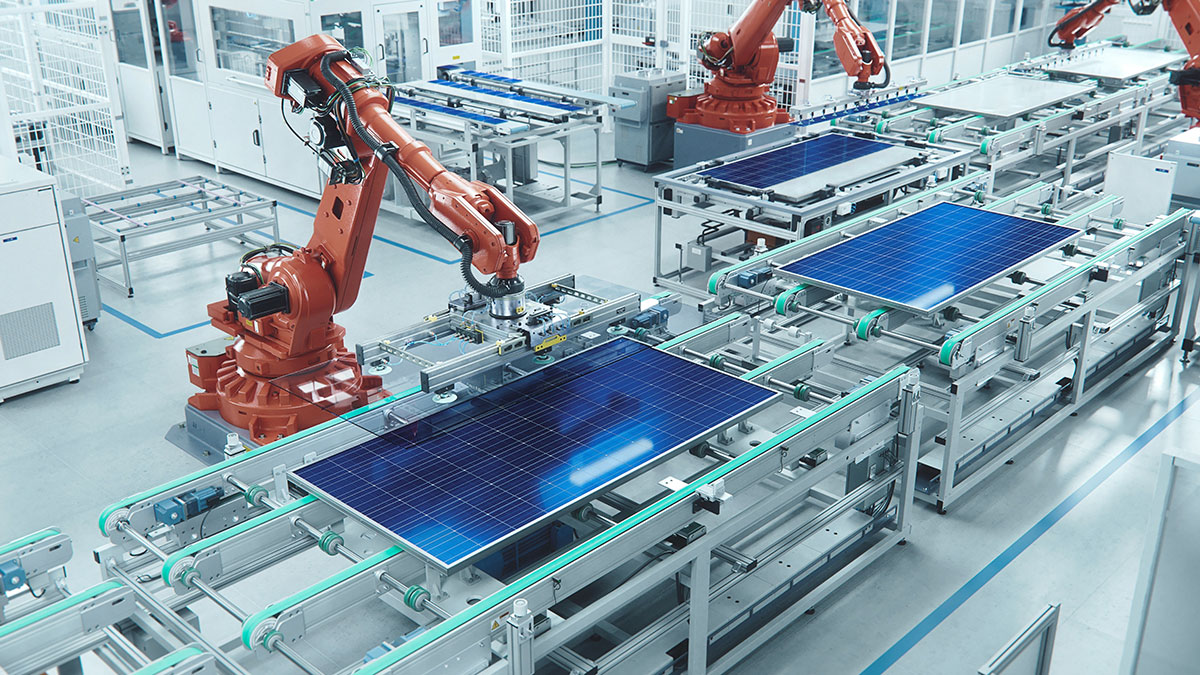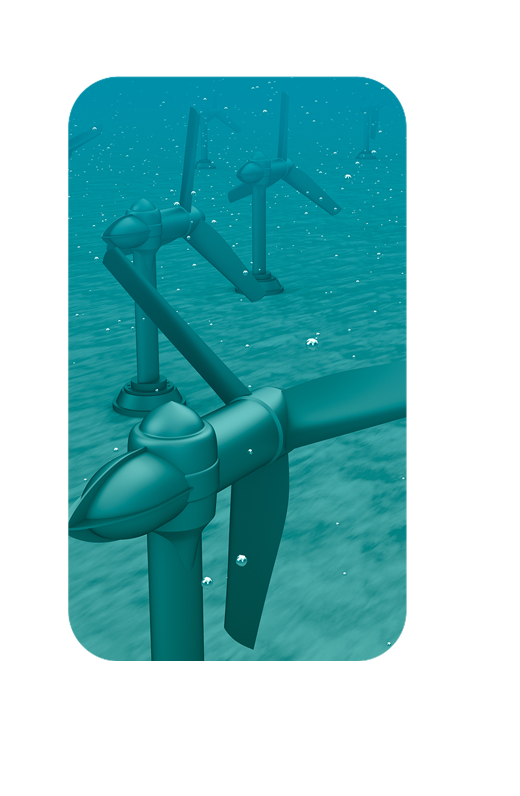
Top 5 Energy Industry Trends for 2023
At JFE, we know that to remain an industry thought leader, one’s eyes need to be focused on the road ahead. If your gaze is drifting to other places, then your behaviour will become less proactive and more reactive. There were a lot of challenges in 2022 in the energy sector. With a shift toward electrification and the renewal of the grid, there was a significant increase in the demand for electrical equipment, and with supply chain obstacles and the war in Ukraine, the problems of tomorrow aren’t necessarily a thing of the past. So, when we outline the top five energy trends that we will see in 2023, there is still a heavy influence coming from the past 12 months, meaning our gaze is still drifting slightly.
Nevertheless, looking at each of the following trends, every challenge also brings opportunity. So, let’s get started, shall we?

Number 5 – Further implementation of automation
“In the transformer industry, there’s a lot of bespoke equipment that’s difficult to automate because of the manual nature of the work and the intricate skill level required to operate it. But I do think that going into 2023, the advancement of automation technologies is going to start to take hold in our industry.”
Ron Harper
CEO, President
JFE Shoji Power Canada
To start us off, the growth of automation in energy manufacturing is trending upward. Currently, in North America, the only industry that uses a high level of automation – perhaps not surprisingly – is the passenger auto sector. As our CEO Ron Harper outlines above, bringing automation to the energy sector, specifically the transformer industry, is easier said than done.
With a dramatic increase in demand, coupled with a workforce across the continent, there seems to be more openness to the use and implementation of automation within the energy sector. Companies have identified bottlenecks in production and see the importance of alleviating them to create a more productive and efficient operation. Automation will also allow for the digitization of improvements by turning data into insights that companies can act on.
Number 4 – Energy storage will become a focal point
You’ll start to see when reading this article that one trend will inevitably be tied to the next. So, as the world moves further and further toward renewable electrical energy, there will continue to be a push in developing battery/energy storage solutions to keep up with the demand. Today, there are around 16.5 million electric vehicles (EVs) on the road, but by 2050 we will see a forecasted increase to 836 million. That’s a growth of nearly 5,000%. For this increase to be manageable, technology around battery storage needs to be further optimized.
Storage will be a massive part of electrifying our transportation grid as low-cost energy solutions will ease the reliance on oil and gas. Speaking of the grid, let’s move to trend #3.
Number 3 – Decentralization, renewal and expansion of energy grids
By definition, decentralized energy is kinetic or potential energy that is created and stored close to the point of consumption. Decentralization as a topic has been bandied about for years, but with stronger regulatory support we’re beginning to see progress.
Put simply, consumers are becoming more and more powerful when it comes to creating their own sources of energy. If you currently have solar panels at your residence, this will not come as a surprise to you. With a combination of renewable energy and localized grids, electricity can be generated based on case-by-case needs and demand. This is an exciting prospect as it puts power, literally and figuratively, into the hands of consumers, companies and communities.
With the dramatic increase in electrical energy projected over the next 30 years, much work is needed to continue to renew our electrical energy grid, and expand its capacity and effectiveness in delivering reliable on-demand energy.
Number 2 – The growth of digitization
It seems like everything our hands touch these days contains smart technology. In the energy sector, the thirst for intuitive tools will continue to grow, most specifically when tackling the previous trend of decentralizing the management of the grid, but also when taking steps in decarbonization, which (spoiler alert) we’ll speak more of shortly. In short, digital tools will be critical in helping us overcome energy challenges and letting us uncover the much-needed changes that will take place.
So what digital tools will have the most impact? Grab a pencil:
- Analytics. Companies will need to analyze data to help determine where the demand for energy is coming from in order to better serve industries, companies and communities.
- Digital Twins. Creating replicas of facilities lets companies improve how they work and test run different scenarios before they arise.
- Home Monitoring. This may seem like a simple option, but the growth of smart thermostats could have a massive impact on how families and individuals observe, monitor and control their energy intake.
The fact of the matter is that companies can be slow to evolve when it comes to implementing digital tools, but when the task is to stay relevant in a highly competitive industry, change is inevitably coming.
“Smart technology is going to need to continue to evolve, so we’re making the most electricity in the most effective ways to ensure we’re generating enough fuel to get to the high-demand sources that need it.”
Ron Harper
Number 1 – No surprise. What’s the next move in renewable energy?
Well, this is likely the worst-kept secret since the opening paragraph. Basically, every trend that we’ve outlined funnels into the bucket of renewable energy. So as the path to 2050 becomes more and more paved, let’s take a look at what’s further on the horizon.
Renewable energy has become a highly competitive industry. In many ways, the pro-renewables argument has been sold through as businesses, organizations and governments have already integrated cost-effective and environmentally sound energy solutions into the plans. With the GO button already pressed, let’s see what innovations the following companies have brought to the table:
- Wind Power. The Norwegian company Wind Catching Systems is developing a 1,000-foot-tall structure consisting of over 125 small turbines stacked and arranged together. The company says the goal is for the unit to turn 360° and capture wind from any direction to generate electricity. This unit has proven to produce up to five times more energy using 1/5 the space of typical offshore wind farms.
- Tide Power. When underwater, turbines can harness kinetic energy through the rise and fall of ocean tides. However, turbines placed on the seafloor can be expensive to build and maintain. So Scottish company Orbital Marine Power designed a floating one. This 236-foot-long turbine can power over 2,000 homes in the UK and offset more than 2,400 tonnes of carbon annually.
- Wave Power. Global company Eco Wave Power Ltd. has designed 10-foot-long floating devices that attach to piers and marine structures and produce energy. The technology they’re using requires less than two feet in depth of water to produce energy, so they can be installed in more and more locations.
Along with electrical generation, the transmission and distribution of electricity will need to be quickly expanded. Supply chains that are serving the building capacity of renewable energy systems will continue to be challenged as the demand increases. In addition, consolidation and expansion of these systems, along with local sourcing trends, will continue for the upcoming years. What’s more, the rapid escalation of our electrical transportation system in the next 25 years will create significant demand and challenges for our industry for many years to come.
At JFE, we applaud the work of all companies in our industry, and are similarly dedicated to innovating solutions in 2023 and far, far beyond.
